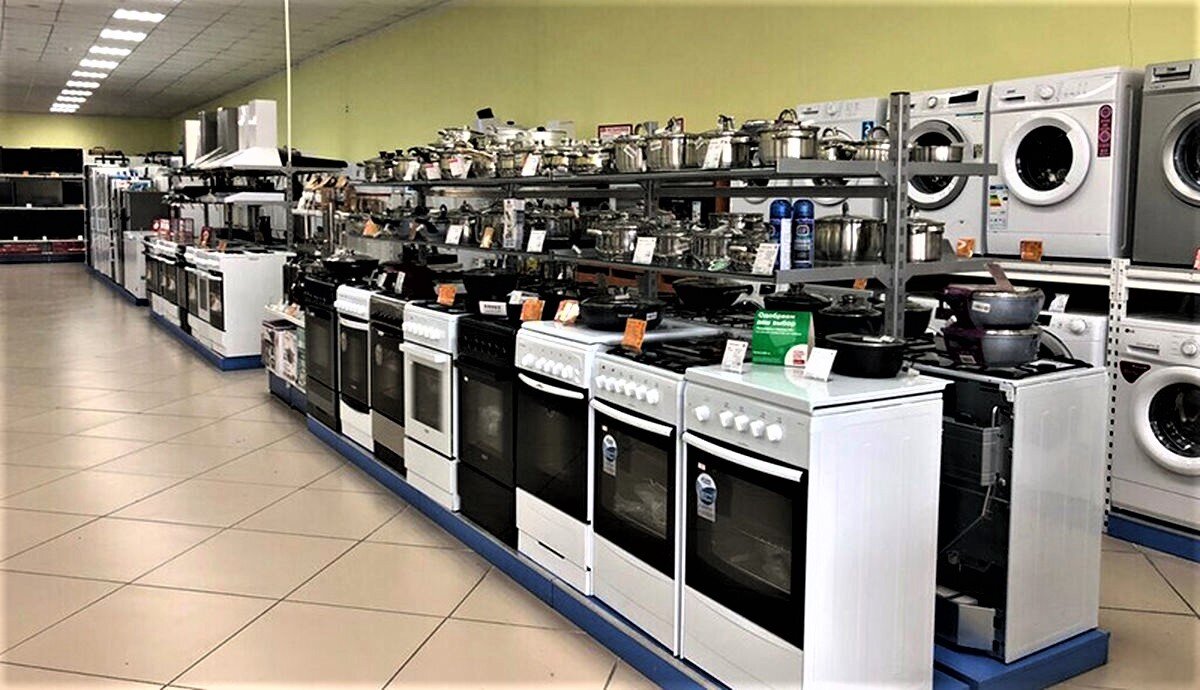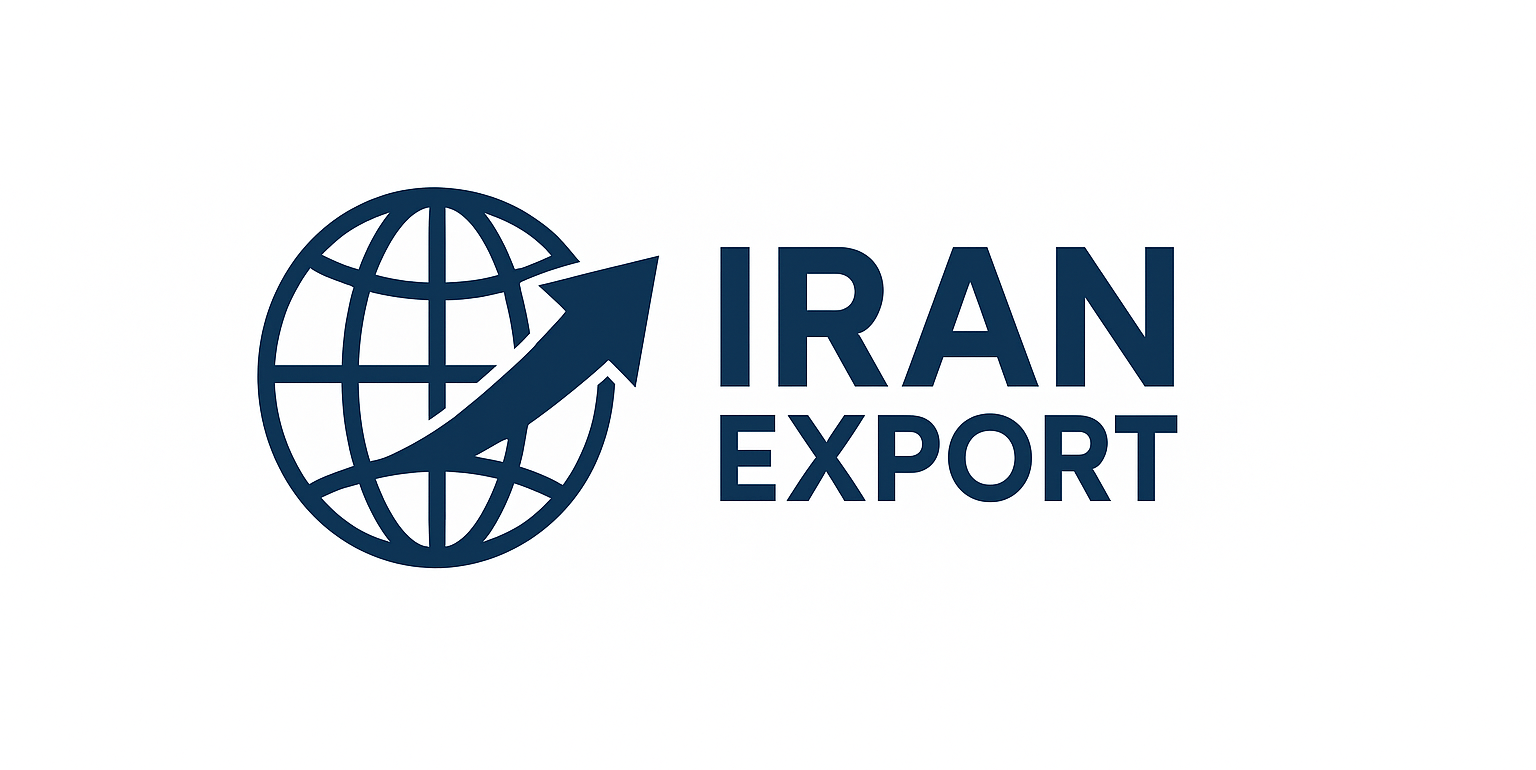
Export Potential of Iranian Home Appliances in Middle Eastern and Asian Markets
Introduction
Iran’s home appliance industry has undergone significant transformation in recent decades, shifting from a domestic manufacturing focus to a globally competitive sector. With increasing technological capabilities, improved production standards, and competitive pricing, Iranian-made appliances are steadily finding their way into Middle Eastern and Asian markets.
This article explores the export potential of Iran’s home appliance sector, analyzing market opportunities, strengths, and the factors positioning Iran as a regional manufacturing hub.
1. Overview of Iran’s Home Appliance Industry
Iran’s home appliance market includes a wide range of products such as refrigerators, washing machines, air conditioners, kitchen appliances, and televisions. Over the past two decades, Iranian manufacturers have expanded their production lines, embraced automation, and invested in research and development (R&D) to enhance quality and design.
Major Iranian brands like Snowa, Daewoo Iran, Pars Khazar, and Emersun have become household names, not only domestically but increasingly across neighboring countries. These companies have adopted international standards such as ISO certifications and energy efficiency labeling, making their products competitive in foreign markets.
2. Competitive Advantages of Iranian Appliances
Iran’s home appliance manufacturers possess several competitive advantages that make their exports appealing in Middle Eastern and Asian markets:
-
Cost-Effective Production:
Due to locally sourced raw materials, skilled labor, and lower production costs, Iranian appliances are often 20–30% cheaper than comparable products from Europe or East Asia. -
Strategic Geographic Location:
Situated between Asia, the Middle East, and Europe, Iran offers a logistical advantage for exports through well-developed transport routes and regional trade corridors. -
Growing Technological Capacity:
Many Iranian factories have integrated modern automation systems and smart technologies, aligning their products with global trends such as IoT-enabled and energy-efficient appliances. -
Government Support and Export Incentives:
Iran’s Ministry of Industry, Mine and Trade has implemented policies to boost non-oil exports, providing tax incentives and financing support for exporters of household goods.
3. Demand Trends in Middle Eastern and Asian Markets
The Middle East and Asia represent two of the fastest-growing regions for consumer appliances. With rising middle-class populations, urbanization, and increased housing projects, the demand for reliable yet affordable home appliances is soaring.
-
Middle East:
Markets such as Iraq, Syria, Oman, and the UAE import large volumes of Iranian appliances due to proximity and cultural familiarity. Iran’s products are often preferred for their durability in hot climates and competitive pricing. -
Asia:
Countries like Pakistan, Afghanistan, India, and Central Asian nations are emerging as promising markets. Iran’s expanding trade agreements with members of the Eurasian Economic Union (EAEU) further support exports to countries such as Kazakhstan and Armenia.
4. Overcoming Challenges in Export Expansion
Despite strong potential, Iranian manufacturers face certain challenges in expanding exports:
-
International Sanctions and Banking Limitations:
These can complicate payment transactions and logistics for exporters. However, many companies now use regional trade intermediaries or local partnerships to navigate these restrictions. -
Brand Recognition:
Competing with globally recognized brands from South Korea, China, and Europe requires stronger branding, marketing, and after-sales services. -
Quality Perception:
Continuous investment in innovation, design, and customer support is essential to strengthen Iran’s reputation for quality and reliability in foreign markets.
5. Strategic Outlook: The Path Forward
To realize its full export potential, Iran’s home appliance industry must continue to focus on:
-
Innovation and Smart Technology:
Developing IoT-based smart appliances and energy-efficient systems will help capture tech-savvy consumers in emerging markets. -
Brand Globalization:
Creating strong international brand identities through digital marketing and participation in global trade fairs can increase visibility. -
Regional Partnerships:
Establishing joint ventures and assembly plants in target markets can reduce logistics costs and build customer trust. -
Sustainability:
As global consumers become more environmentally conscious, eco-friendly and recyclable materials can give Iranian brands an edge.
Conclusion
Iran’s home appliance industry is entering a promising era of regional and international expansion. Supported by competitive pricing, skilled manufacturing, and improving technology, Iranian brands are well-positioned to strengthen their presence in Middle Eastern and Asian markets.
As the global demand for affordable, high-quality, and sustainable appliances continues to grow, Iran stands ready to emerge as a key supplier and industrial partner in the regional home appliance value chain.

